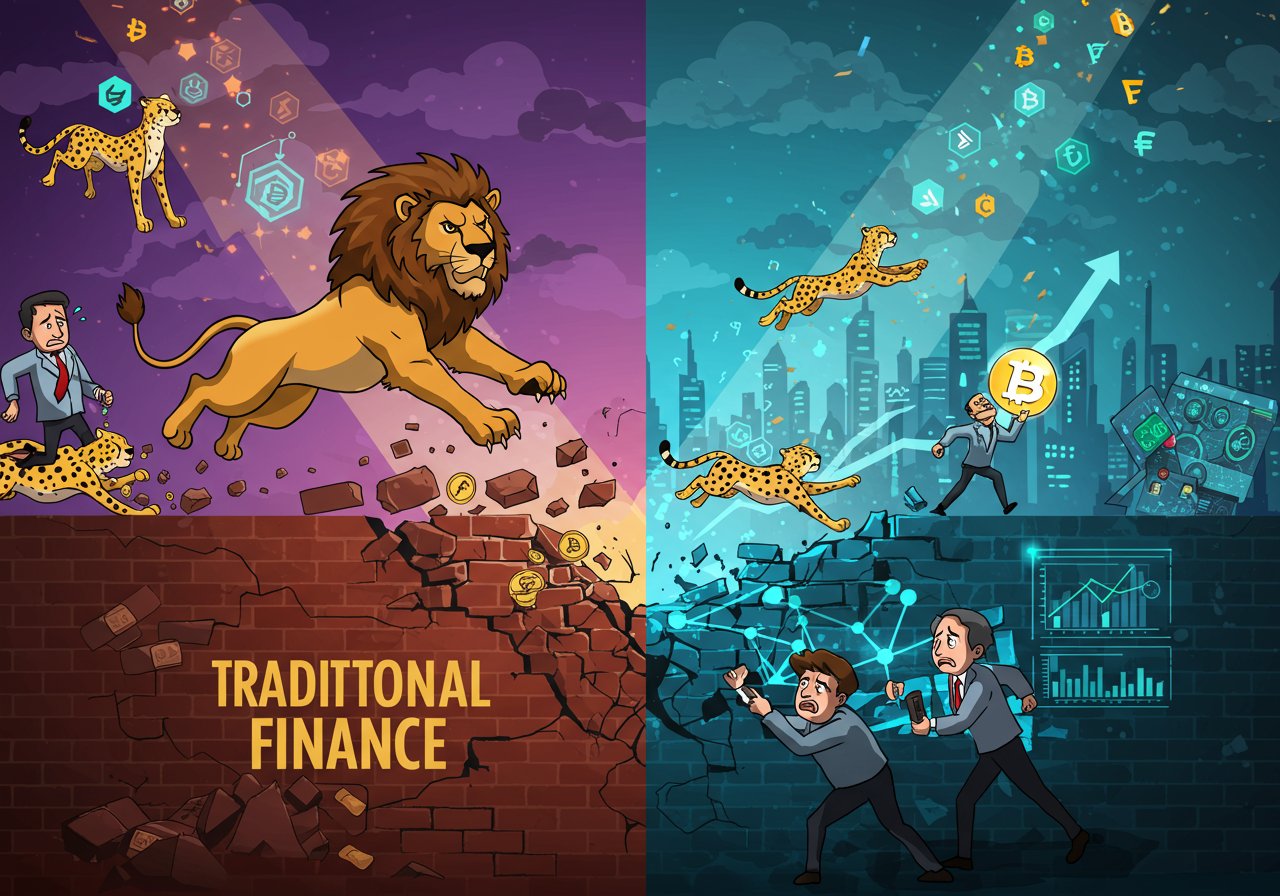
Fintech‘s DeFi Awakening
The financial technology (fintech) landscape is on the cusp of a transformative shift, according to Merline Egalite, co-founder of Morpho, a leading decentralized lending protocol. Egalite’s perspective, shared in a recent Cointelegraph interview, suggests a substantial migration of fintech firms towards decentralized finance (DeFi) lending platforms within the next three years. This predicted exodus from traditional lending models is fueled by DeFi’s inherent advantages: enhanced accessibility, lower fees, and a permissionless environment, qualities increasingly attractive in a rapidly evolving financial ecosystem.
The Allure of Decentralized Lending
DeFi lending platforms, built on the bedrock of smart contracts, offer a compelling alternative to conventional, intermediated lending services. These protocols enable users to seamlessly lend and borrow cryptocurrencies, unlocking passive income streams and providing access to capital without the constraints of traditional banking. Fintech firms are recognizing the strategic merit of integrating DeFi, prioritizing user experience (UX) and product offerings – crucial elements in today’s competitive market. The potential for higher yields, coupled with the removal of intermediaries, positions DeFi as a powerful disruptor.

Morpho‘s Perspective and Market Dynamics
Morpho, with a total value locked (TVL) exceeding $5.5 billion across 20 blockchains, stands as a prominent player in the DeFi lending space, second only to AAVE. Egalite emphasizes that DeFi offers more than just financial advantages; it provides a robust and resilient infrastructure, mitigating the risks associated with centralized intermediaries. This includes the potential for regulatory pressures and the dependence on banking relationships. The ability to “trust the code itself” offers a significant advantage.
Key Advantages Driving Adoption
- Accessibility: DeFi’s permissionless nature broadens financial inclusion, offering opportunities for individuals underserved by traditional banking.
- Efficiency: Smart contracts automate processes, reducing operational costs and streamlining lending workflows.
- Yield Optimization: DeFi protocols often provide higher yields compared to traditional savings accounts, appealing to both lenders and borrowers.
- Reduced Intermediary Risk: Eliminating intermediaries minimizes counterparty risk, offering increased transparency and security.
The Road Ahead for DeFi Lending
The momentum behind DeFi lending is undeniable. The sector recently reached a new all-time high of $66.7 billion in total value locked. As the market matures, regulated yield-bearing products may further incentivize financial institutions to explore the benefits of DeFi. While challenges remain, including regulatory uncertainty and the need for robust security protocols, the long-term trajectory points towards greater integration of DeFi lending into the broader financial landscape. The transition won’t be without bumps, but the vision of a more accessible and efficient financial system, powered by decentralized technologies, is becoming increasingly clear.
A Note on Market Volatility
It is important to remember that the cryptocurrency market can be highly volatile. This article is for informational purposes only and is not financial advice. Always conduct your own research before making any investment decisions.



